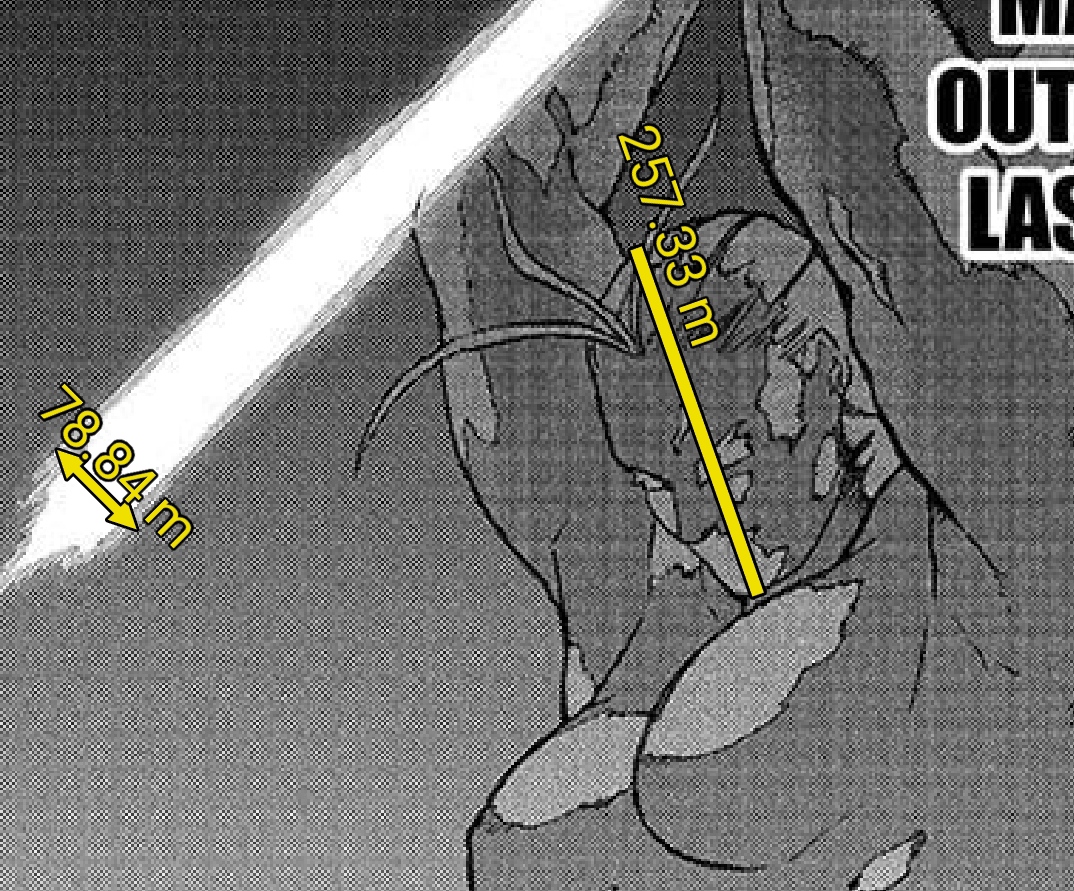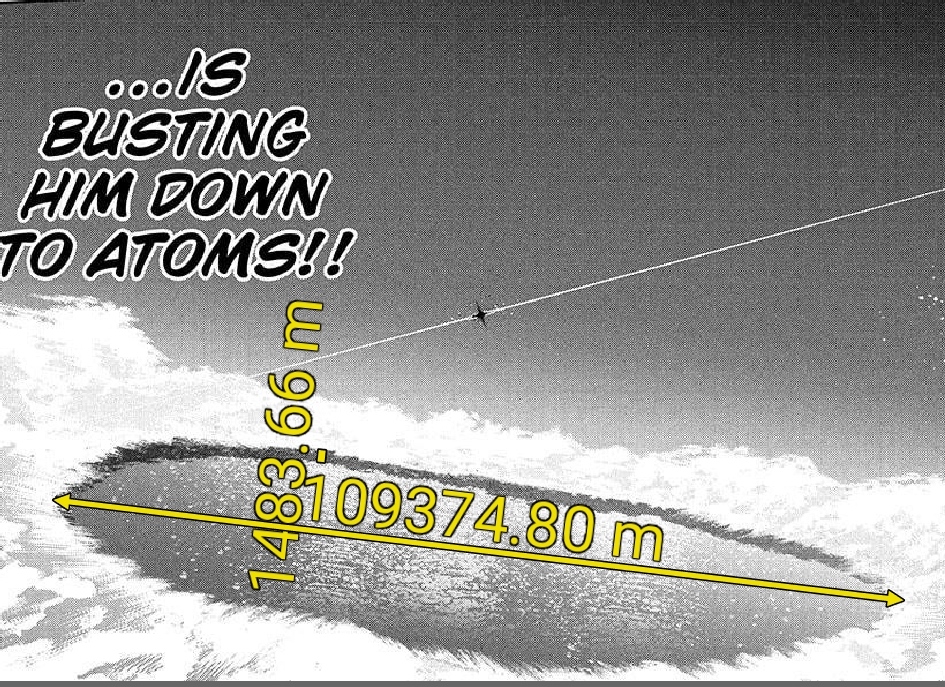I've been doing some more thinking regarding this point and I realized that the argument you're trying to use here actually goes
against your position, not in favor of it.
To explain what I mean, this is how the clouds would be modelled as using the measurements of the calc, prior to the cloud split taking place:
Both the cloud thickness, diameter and distance above the ocean below it are to scale with the calc (except obviously it'd be a disc, not a line).
And here is what it would look like after the cloud split with the white section denoting the vacuum that is created and the grey at the edges being the cloud that was pushed outward:
Do you see an issue with this?
The air would start flowing inward from the
closest and
least affected volumes of air, in other words above and below the cloud split. The clouds are on the edges of the split; even though some air would be flowing back inwards from the edges, that isn't going to cause the cloud split above to look like
this in a matter of seconds or
this in a matter of a minute at most.
The air flowing back in from
everywhere else that isn't the sides would occupy the space and prevent the clouds from rushing back in that far.
So this argument cannot be used against the later visuals of the clouds, because even with that rationale the clouds
will not be in the position that they're shown to be.




